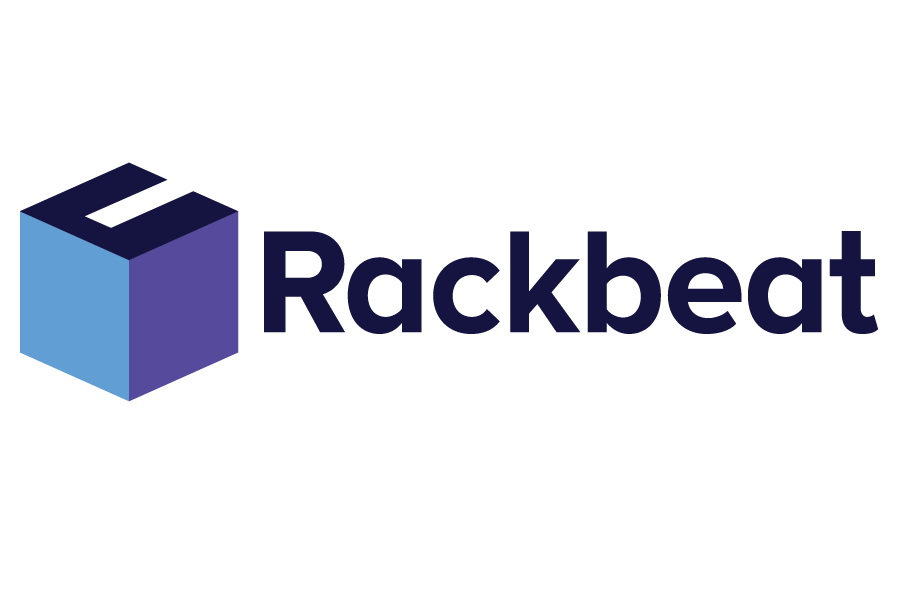Traceability Systems
Traceability systems are digital solutions that make it possible to track the movement and history of a product throughout the entire supply chain – from purchasing and receiving to storage, processing, and sales. A traceability system records data such as receipt date, batch number, serial number, expiry date, and which customer the item was sold to. The system creates transparency and documentation across logistics and warehouse processes and is especially important in industries where quality, control, and safety are essential – for example, the food industry, pharmaceutical production, and electronics.
Rackbeat October 10, 2025
What Are Traceability Systems Used For?
A traceability system is an important tool for ensuring quality, complying with regulations, and streamlining processes. It is used to:
Document where a product is located – and where it has been
Enable quick and precise product recalls in case of defects or complaints
Keep track of batches, serial numbers, and expiry dates
Provide traceable documentation for customers, partners, and authorities
Minimize the risk of errors, mix-ups, and incorrect deliveries
Benefits of Using a Traceability System
Effective quality control
By linking products to specific batch numbers and receipt data, it becomes easier to identify exactly which products are affected by a defect or recall.Higher supply chain security
Transparency across the supply chain makes it easier to respond quickly and efficiently to deviations, bottlenecks, or delivery issues.Improved compliance and documentation
Traceability is often a legal requirement in regulated industries, and these systems make it possible to meet documentation standards for product handling.Enhanced inventory management
With access to historical and real-time data, you can optimize stock levels and ensure that products with shorter shelf lives are prioritized during picking and packing.Integration with other processes
Traceability systems can often be integrated with other functions such as inventory management, order management, and purchasing – ensuring a complete overview and reducing manual errors.
Which Industries Benefit the Most from Traceability Systems?
Traceability systems are especially valuable in industries with strict requirements for quality assurance, documentation, and product flow control. In these sectors, it’s crucial to document exactly where an item originated, how it has been handled, and who it was sold to.
Below are some examples of industries where traceability systems are not just beneficial – but essential:
Food industry
Full documentation is required across all stages of production and distribution – particularly regarding food safety and product recalls. A traceability system provides an overview of batches, expiry dates, and delivery history.Pharmaceutical and medical industry
Medicines and medical devices demand extremely high traceability to ensure patient safety and regulatory compliance. Serial number tracking and full product history are often mandatory.Manufacturing and electronics
In production environments, especially those handling complex components, traceability is crucial for documenting which parts were used in which units and for identifying where defects occurred.Chemical and cosmetics industry
Companies must be able to document ingredients, shelf life, and origin of substances, often as part of international regulations and quality standards.Textile and fashion industry
Many brands use traceability to document sustainability and responsibility throughout their supply chain – for example, where and how materials were sourced and processed.Automotive industry
Spare parts management and aftersales service require precise documentation of components. Traceability ensures correct handling, maintenance, and warranty follow-up.
Ready to Learn More?
Want to stay up to date on topics like traceability, inventory management, and digitalization in logistics? Subscribe to our newsletter and receive practical guides, insights, and industry updates straight to your inbox.


